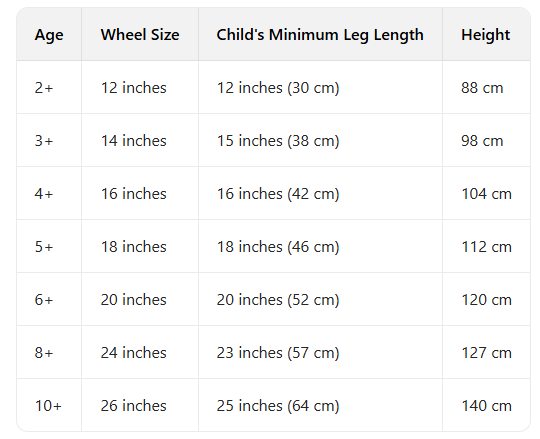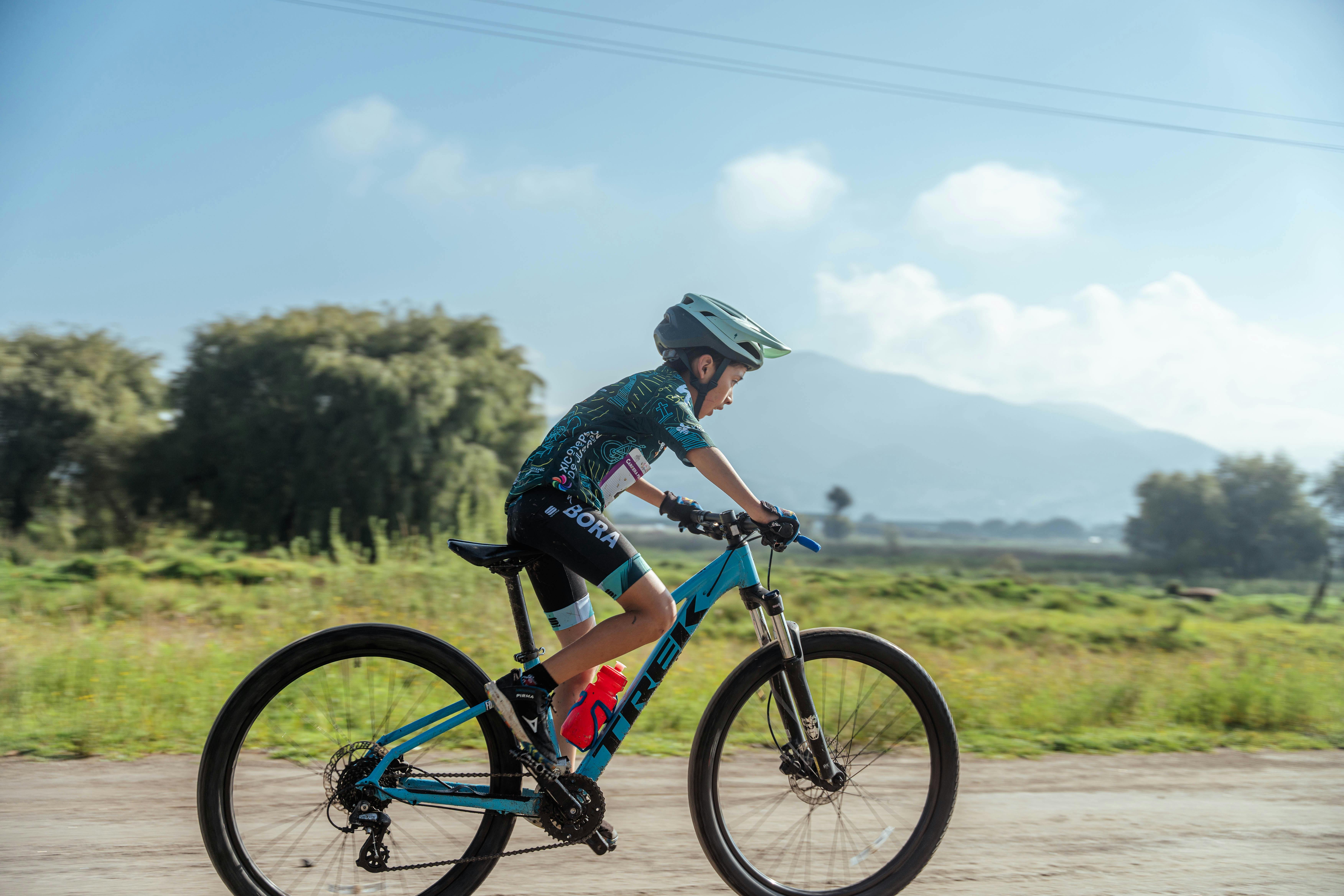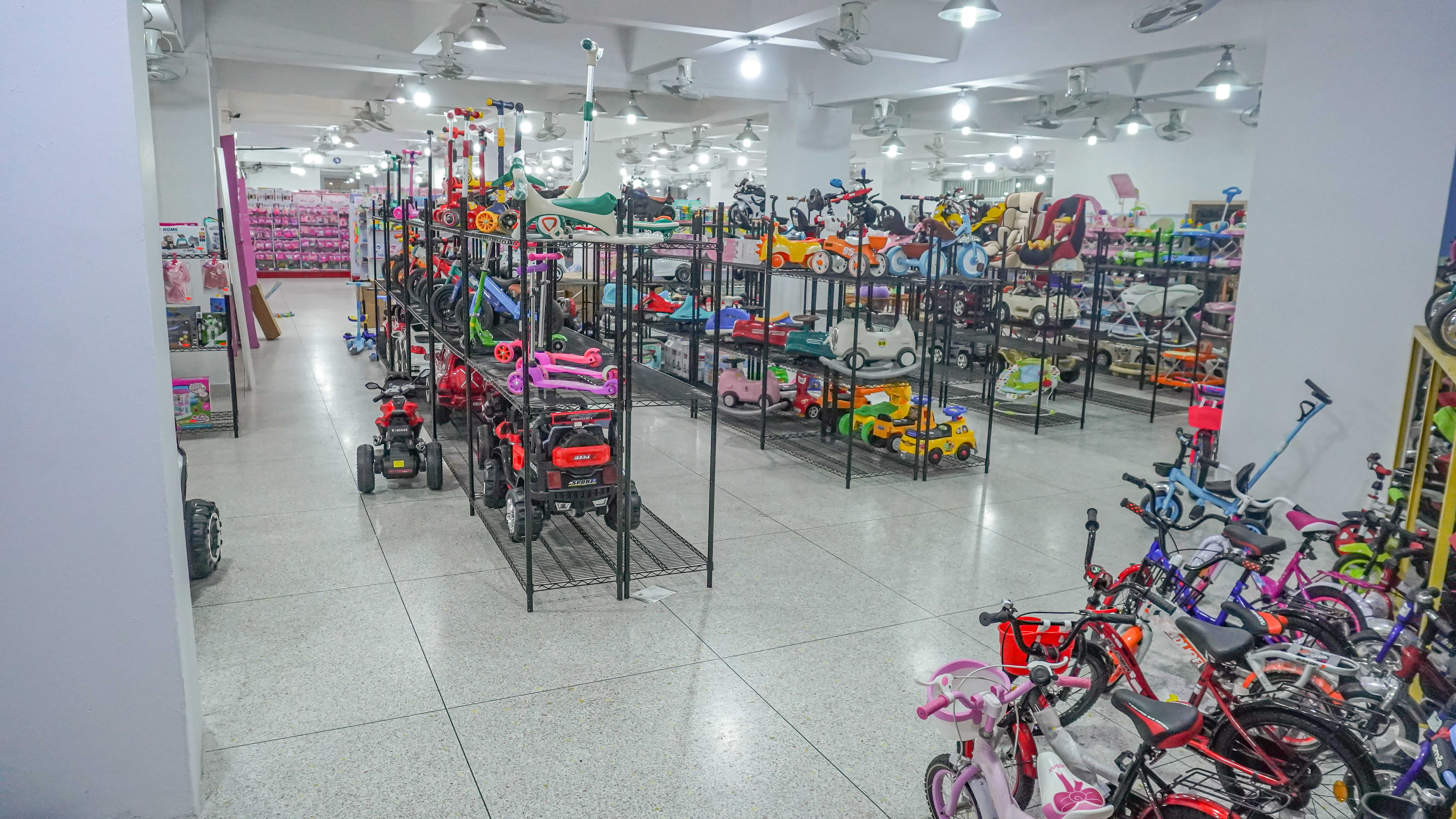Login
Join Free
A Complete Guide to Children’s Bike for Global Buyers
Children's bicycles are a universal product category with steady global demand. From family households and schools to sports clubs, retail chains, and e-commerce platforms, children's bikes remain a top choice for healthy recreation and practical transportation. For international buyers, the challenge is not deciding whether to include kids' bicycles in their portfolio, but how to choose the right models that fit their target markets.
This detailed guide is designed for bulk buyers—including retailers, importers, distributors, gift suppliers, and organizations—who want to understand children’s bikes from a procurement perspective. Instead of focusing only on consumer advice, this article explores product categories, sizing, safety standards, materials, customization options, and sourcing best practices.
1. Why Children's Bikes Remain a Stable Market
The children's bicycle sector has proven resilience in global trade. Parents consistently look for safe, durable, and fun products that help children stay active. Schools and communities often purchase in bulk for physical education or recreation programs. Retailers value bikes as repeatable bestsellers, especially during seasonal peaks.
Market data also reflects this resilience. In 2025, the global children's bicycle market is valued at approximately 24.16 billion RMB, and it is projected to grow at a steady 3.71% CAGR, reaching 31.17 billion RMB by 2032. This stable growth trajectory confirms that bicycles remain a reliable category for long-term investment.
For buyers, this translates into three long-term advantages:
-
Steady demand across age groups – Kids outgrow bikes every 2–3 years.
-
Variety of applications – From entry-level balance bikes to sporty BMX and cruisers.
-
Global adaptability – Bicycles are relevant in nearly every regional market.

2. Main Types of Children's Bicycles
When purchasing in bulk, it's important to understand the primary categories and their intended users.
Balance Bikes
-
Age Group: 2–4 years
-
Features: No pedals, lightweight frame
-
Market Use: Ideal for toddlers learning balance; popular in preschools and beginner programs
Training Wheel Bikes
-
Age Group: 3–6 years
-
Features: Pedals plus detachable training wheels
-
Market Use: Transitional product for first-time riders; high demand in retail channels
Mountain-Style Kids' Bikes
-
Age Group: 6+ years
-
Features: Sturdy frames, gears, wider tires
-
Market Use: Suited for adventurous riders and outdoor programs
BMX Bikes
-
Age Group: 6–12 years
-
Features: Compact, reinforced frames for stunts and racing
-
Market Use: Popular in urban markets, skate parks, and sporting goods stores
Cruiser Bikes
-
Age Group: 5+ years
-
Features: Wide tires, upright riding position
-
Market Use: Focused on comfort and casual leisure riding; favored by lifestyle brands
By offering a mix of categories, bulk buyers can cover multiple segments and appeal to diverse customer bases.
3. Sizing Considerations for Market Fit
Sizing is the most crucial factor when choosing children's bicycles for different markets. Unlike adult bikes, children's models are sized by wheel diameter. This chart displays various wheel sizes, along with the recommended age groups and bike heights.

🔑 Procurement Tip: Avoid purchasing oversized models as a "one-size-fits-all" strategy. Bikes that are too large are harder for children to control, leading to negative user experiences. Instead, focus on overlapping size ranges. For example, 16-inch bikes typically suit children around 104–120 cm, while 18-inch models work well for 112–125 cm, giving buyers flexibility to cover more customers effectively without forcing them into ill-fitting options.
4. Braking System: Age-Appropriate Selection
Safety in riding largely depends on the braking system. The most common types of brakes found in children’s bicycles include V-brakes, drum brakes, and disc brakes. There is no absolute "best" brake type—only what is suitable for the child’s age and ability.
-
V-Brakes: Simple structure, moderate stopping power, requiring low hand strength. Easy to operate, ideal for beginner riders or children who do not ride in challenging conditions.
-
Disc Brakes: Highly responsive, capable of immediate stopping. Requires stronger hand strength and faster reaction, suitable for older children who enjoy faster riding.
-
Drum Brakes: Usually applied to rear wheels. Offers balanced braking performance and moderate hand effort.
Many children’s bikes use combinations like front V-brake with rear drum or front V-brake with rear disc, balancing stopping power and preventing excessive forward momentum that could cause tipping.
Chain Enclosure: Fully enclosed chains prevent clothing from getting caught during rides, reducing accident risk. Exposed chains are easier to maintain and lighter, but pose higher safety risks, suitable only for older children.
B2B Procurement Tip: When sourcing, consider target age groups and riding habits. Combining brake types can reduce liability risks and enhance customer satisfaction in different markets.
5. Pedaling Effort: Material, Hub, and Tires
A bicycle's rideability is heavily influenced by frame weight, hub quality, and tires.
Frame Material:
-
High-Carbon Steel: Strong and inexpensive but heavy. Harder for children to maneuver, increasing fatigue. Common in low-mid range models.
-
Aluminum Alloy: Lightweight, durable, and corrosion-resistant thanks to its natural oxide layer. Offers excellent balance of performance and cost—ideal for everyday use.
-
Magnesium Alloy: Very light and rigid, premium choice with the highest price point. Suitable for high-end markets.
Hub Type:
-
Bearing (Ball) Hubs: Affordable, functional, may produce noise even if sealed.
-
Sealed Bearing Hubs: Durable, minimal noise, suitable for premium models.
Tires:
-
Anti-slip design: Smooth center with textured sides; low resistance when riding straight, strong grip during turns.
-
Pneumatic Tires: Provide shock absorption, suitable for diverse terrains.
-
Solid Tires: Maintenance-free, slightly less comfortable.
-
Width: 4–5 cm is recommended for most children, balancing stability and pedaling effort.
-
Material: Solid tires for 12-inch or smaller bikes; standard pneumatic rubber for larger sizes.
B2B Procurement Tip: Buyers should match material, hub, and tire specifications to target markets. Lightweight aluminum or magnesium models may appeal to premium markets, while steel frames offer cost-effective options for budget-conscious buyers.
6. Frame Design and Comfort Details
Frame Design: Ergonomically designed low-step frames allow children to place their feet flat on the ground, enhancing safety and independence. Frame length must be moderate—too short affects posture, too long affects handling. Streamlined frames provide comfortable riding posture and extend product usability.
Comfort Features:
-
Saddle: High-elastic PU material, soft and breathable for long rides. Avoid hard sport saddles that compress the child's hips.
-
Handlebar: Small "swallow" curved handlebars fit the child's hand, enabling flexible control. Straight handlebars may cause forward leaning, suitable for older children.
B2B Procurement Tip: Ensure frame design, saddle, and handlebar ergonomics meet the safety and comfort expectations of your target markets. Products that prioritize comfort and control often see higher repeat sales and lower returns.

7. Common Procurement Mistakes to Avoid
Even experienced buyers can fall into these traps:
-
Overemphasizing Price – Cheap frames may lead to heavy, rust-prone bikes.
-
Ignoring Local Standards – Non-certified bikes may face import restrictions.
-
Limited Product Mix – Focusing only on one size/model reduces sales flexibility.
-
Overstocking Large Sizes – Children grow fast, but oversized bikes discourage safe riding.
A balanced, quality-focused procurement strategy always leads to stronger long-term sales.
8. Zhorya: 30+ Years of Expertise in Toys and Children's Bicycles
For over 30 years, Zhorya has been a trusted partner in the global toy industry, with a strong focus on children's bicycles. We provide bulk buyers with:
-
Extensive Catalog – Covering balance bikes, training wheel models, mountain bikes, and more.
-
Flexible Customization – OEM & ODM services including packaging, branding, and exclusive designs.
-
Proven Export Experience – Smooth logistics and compliance with multiple international standards.
-
Stable Supply Chain – Large-scale manufacturing capacity with consistent quality.
Whether you are a retailer, distributor, or organization, Zhorya helps you secure reliable, competitive, and market-ready children's bicycles.
👉 👉 Explore our Children's Bike Catalog

Conclusion
Choosing the right children's bikes for bulk procurement involves much more than picking attractive designs. Buyers must balance market demand, size suitability, safety standards and materials. By avoiding common pitfalls and partnering with experienced suppliers, businesses can reduce risks and maximize market opportunities.
With decades of expertise and a comprehensive product range, Zhorya is well-positioned to support buyers in sourcing children's bicycles that meet both global safety standards and local market needs.

 Русский язык
Русский язык 中文
中文